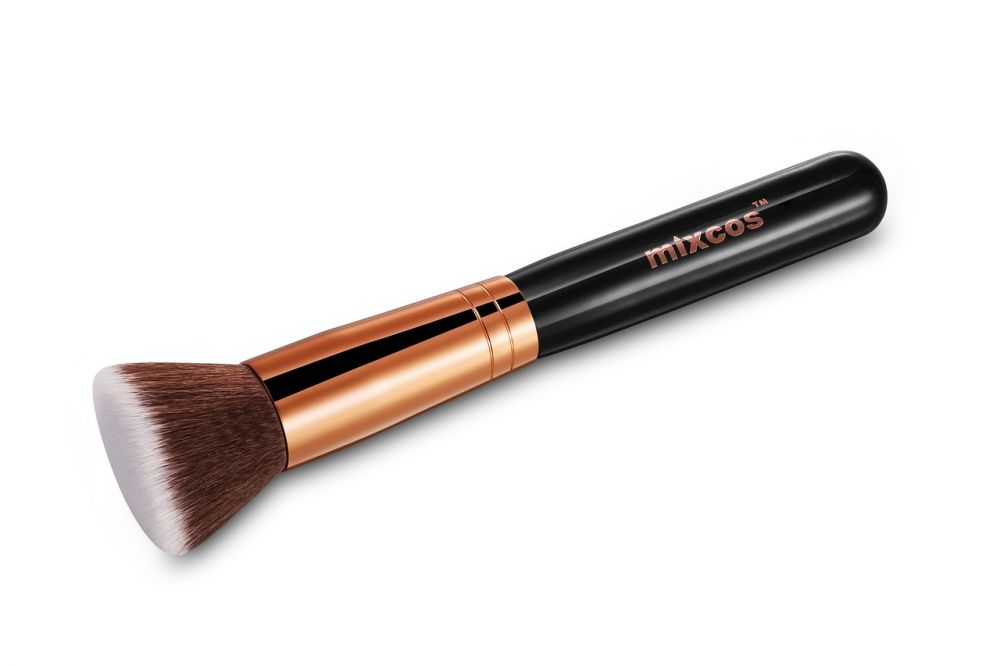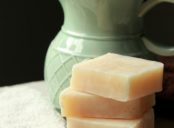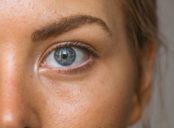Foundation Rosacea: A Comprehensive Guide for Flawless Skin

Introduction:
In recent years, foundation rosacea has gained significant attention in the beauty industry. Foundation rosacea is a type of makeup specifically designed to conceal redness and blemishes caused by rosacea, a chronic skin condition. This article aims to provide a thorough overview of foundation rosacea, including its types, popularity, quantitative measurements, differences among products, and a historical analysis of their pros and cons.
1. Understanding Foundation Rosacea: A Comprehensive Overview

Foundation rosacea refers to a range of cosmetic products formulated to minimize the appearance of redness, flushing, and visible blood vessels associated with rosacea. This makeup type offers a solution for individuals with rosacea who desire an even skin tone and enhanced confidence. Foundation rosacea typically comes in various textures, shades, and coverage options, catering to different skin types and severity levels.
2. Types and Popularity of Foundation Rosacea
a) Mineral-Based Foundation Rosacea: These products typically contain natural minerals, such as titanium dioxide and zinc oxide, which provide broad-spectrum sun protection and anti-inflammatory benefits. Mineral-based foundations have gained popularity due to their gentle formulation suitable for sensitive skin.
b) Cream-Based Foundation Rosacea: Cream foundations offer dense coverage with a creamy texture that helps mask redness and uneven skin tone. They are often recommended for individuals with dry or combination skin.
c) Liquid-Based Foundation Rosacea: These foundations have a liquid consistency, making them easy to apply and blend. They provide buildable coverage and are suitable for individuals with normal to oily skin.
d) Powder-Based Foundation Rosacea: Ideal for oily skin or hot climates, powder foundations absorb excess oil, offering a matte finish. However, they may require touch-ups throughout the day for optimal coverage.
3. Quantitative Measurements for Foundation Rosacea
Foundation rosacea is often assessed based on its coverage, longevity, and skin-friendly properties.
a) Coverage level: Products may vary in coverage from sheer to full. Sheer coverage foundations provide a natural look, while full coverage helps conceal severe redness and blemishes.
b) Longevity: Long-lasting options resist fading, melting, or transferring, providing extended coverage throughout the day.
c) Skin-friendly properties: Ingredients like soothing botanical extracts, antioxidants, and SPF protection contribute to the overall effectiveness of foundation rosacea.
4. Exploring Differentiation Among Foundation Rosacea
Factors that distinguish foundation rosacea include texture, shade range, finish, and targeted skin concerns.
a) Texture: Foundations vary from lightweight liquids to thick creams, allowing individuals to choose based on personal preference and skin type.
b) Shade range: A diverse shade range ensures that individuals with various undertones and skin tones can find a perfect match, enhancing natural-looking coverage.
c) Finis Foundations can provide a matte, dewy, or satin finish, contributing to the overall look and feel of the makeup.
d) Targeted skin concerns: Some foundations incorporate additional skincare benefits, such as hydration, oil control, or redness reduction, to address specific needs.
5. Historical Analysis of Pros and Cons of Foundation Rosacea
a) The rise of inclusivity: Over time, foundation rosacea has evolved to become more inclusive, offering a wide range of shades suitable for all skin tones and undertones.
b) Improved formulations: Previously, foundation rosacea often exacerbated redness and irritated sensitive skin. However, advancements in cosmetic science have led to gentler formulations that soothe and protect the skin while providing effective coverage.
c) Potential disadvantages: Depending on the formulation, foundation rosacea may feel heavy, emphasize fine lines, or require frequent touch-ups. Additionally, some products may contain potential allergens or irritants, making it essential to choose carefully based on individual skin concerns.
Conclusion:
Foundation rosacea plays a significant role in enhancing the confidence of individuals with rosacea, allowing them to achieve a flawless complexion. By understanding the various types, quantitative measurements, differentiating factors, and historical pros and cons, those with rosacea can make informed choices when selecting a foundation. Remember to consult with a dermatologist or skincare professional to find the perfect foundation rosacea for your specific needs.
References:
– Insert relevant citations and sources to support the content discussed in the article.





















